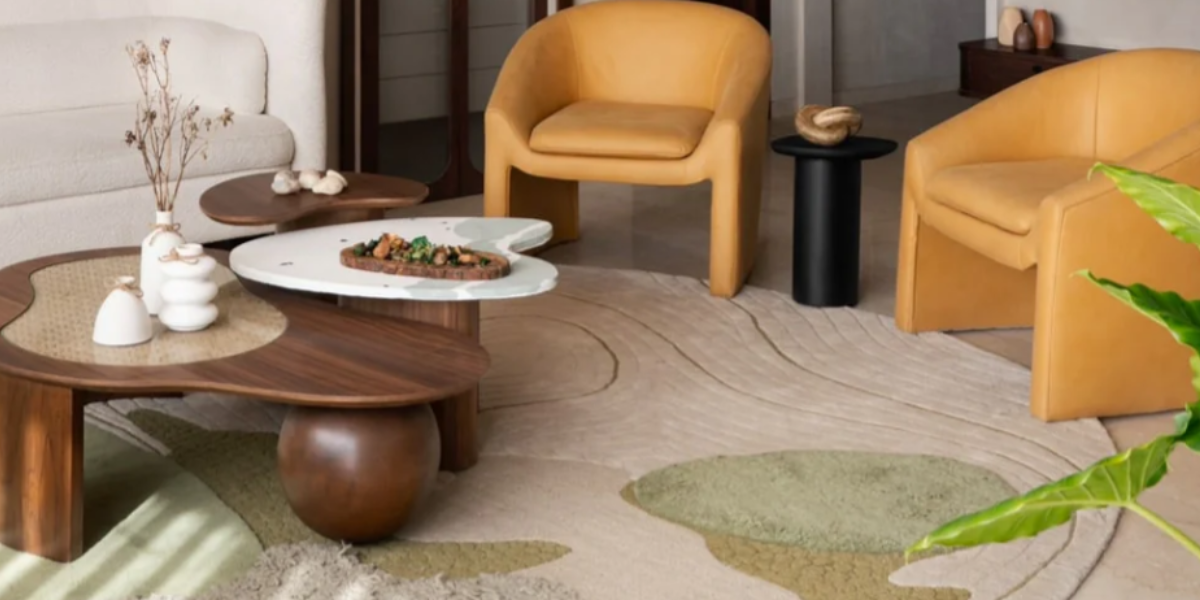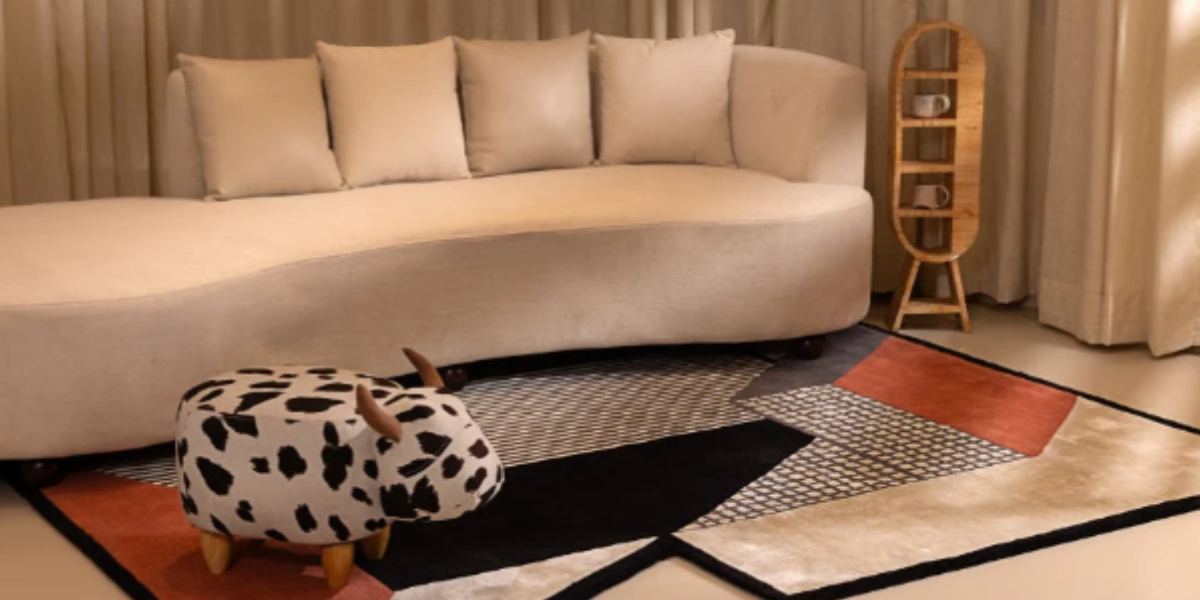A handcrafted rug is more than just a décor piece; it is a work of art that reflects skilled craftsmanship, tradition, and timeless elegance. Unlike mass-produced rugs, handcrafted rugs require special care to preserve their beauty and durability. Regular maintenance not only extends the lifespan of your rug but also ensures it continues to enhance your space with its intricate designs and textures.
In this comprehensive guide, we will explore the best methods for cleaning and maintaining your handcrafted rug, from daily upkeep to deep cleaning and long-term preservation.
1. The Importance of Proper Rug Care
Handcrafted rugs are made from natural fibers like wool, cotton, jute, or silk, which require delicate handling. Unlike synthetic rugs, which can withstand harsh treatments, handcrafted rugs can lose their color, texture, and durability if not maintained properly.
Why Regular Maintenance is Essential
- Preserves quality – Dirt and dust can break down fibers over time.
- Maintains vibrancy – Regular cleaning prevents colors from fading.
- Enhances longevity – Proper care can keep your rug in excellent condition for decades.
By adopting simple yet effective cleaning habits, you can protect your investment and keep your rug looking as stunning as the day you bought it.
2. Routine Maintenance: Daily & Weekly Care
Vacuuming the Right Way
Vacuuming is one of the most effective ways to keep dust, dirt, and pet hair from accumulating in your rug’s fibers. However, improper vacuuming can damage the delicate weave.
- Use a vacuum with no beater bar to prevent pulling at the fibers.
- Vacuum in the direction of the weave to maintain the integrity of the rug.
- Avoid excessive vacuuming—once a week is enough for most rugs.
Shaking and Beating
For smaller rugs, take them outside and shake them to remove dust and debris. A gentle beating with a rug beater can also help release dirt trapped deep within the fibers.
Spot Cleaning for Minor Spills
- Blot the spill immediately with a clean, dry cloth.
- Avoid rubbing, as this can spread the stain deeper into the fibers.
- Use lukewarm water and mild detergent for gentle spot cleaning.
Looking for a rug that blends seamlessly with nature-inspired interiors? Explore the Nature’s Nuances Collection for handcrafted rugs designed to bring warmth to your space.
3. How to Clean a Handmade Rug: Step-by-Step Guide
Different materials require different cleaning techniques. Here’s how to clean some of the most common handcrafted rug types:
Wool Rugs
- Use cold water to prevent shrinking.
- Mix a mild detergent with water, then lightly dab with a sponge.
- Rinse with a damp cloth and allow to air dry completely.
Cotton Rugs
- Machine-washable in some cases, but always check care labels.
- Use a gentle cycle with cold water and mild detergent.
Silk Rugs
- Professional cleaning is recommended for delicate silk rugs.
- If cleaning at home, avoid water and use a soft brush to remove dirt.
Jute Rugs
- Vacuum regularly to prevent dust build-up.
- Avoid excessive moisture, as jute is prone to mold and mildew.
Never use harsh chemicals or bleach on handcrafted rugs, as they can cause irreparable damage.
4. Removing Stains & Spills: Immediate Action Plan
Accidents happen, but quick action can prevent permanent stains. Here’s how to tackle common spills:
- Wine, Coffee, and Tea: Blot with club soda and a clean cloth.
- Pet Stains: Use a vinegar and water solution to neutralize odors.
- Mud and Dirt: Let the mud dry, then vacuum and spot-clean with mild soap.
For a refreshing ambiance that complements your clean and luxurious home, check out the latest handcrafted designs in the Moss Mania Collection.
5. Deep Cleaning: How Often & Best Practices
Deep cleaning should be done every 12 to 18 months to remove deep-seated dirt and allergens.
DIY Deep Cleaning Steps
- Vacuum thoroughly to remove surface dirt.
- Use a gentle rug shampoo or mild detergent and lukewarm water.
- Gently scrub with a soft brush in the direction of the weave.
- Rinse with clean water and blot out excess moisture.
- Air dry completely before placing it back in the room.
For high-value or delicate rugs, professional rug cleaning is the safest option.
6. Proper Drying Techniques to Prevent Mold & Mildew
Drying your rug properly is crucial to prevent mold growth and fiber damage.
- Air-dry in a well-ventilated area. Avoid direct sunlight, as it can cause fading.
- Lay flat to maintain its shape.
- Use a fan to speed up the drying process if necessary.
7. Long-Term Storage & Seasonal Maintenance
If you need to store your rug for an extended period:
- Roll it with the pile facing inward to prevent creasing.
- Store in a cool, dry place to prevent humidity damage.
- Wrap it in breathable fabric instead of plastic to allow air circulation.
Looking for an upgrade? Browse the elegant handcrafted selections in the Area Rugs Collection for a sophisticated touch to your home.
8. Professional Cleaning: When to Seek Expert Help
Some signs that your rug needs professional cleaning include:
- Persistent odors despite regular cleaning.
- Excessive shedding or fiber damage.
- Deep stains that won’t come out with DIY methods.
Choose a rug cleaning specialist experienced in handling handmade and delicate rugs to ensure the best care.
9. Final Thoughts: Investing in the Longevity of Your Rug
A handcrafted rug is a valuable addition to your home, both aesthetically and financially. By following proper cleaning and maintenance routines, you can extend its lifespan while keeping it looking luxurious.





